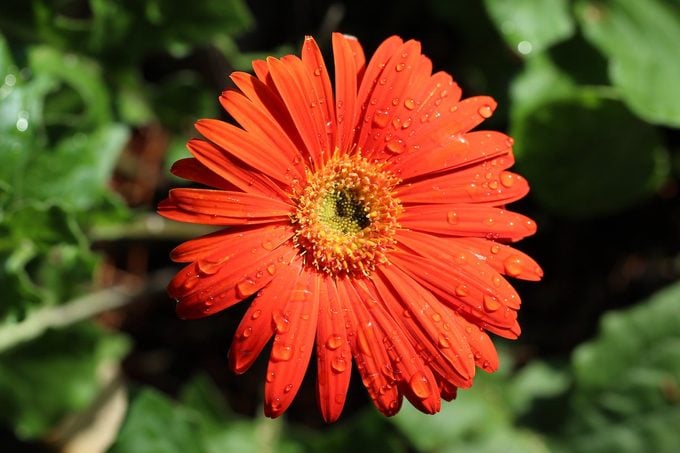How to Grow Gerbera Daisies in Pots
Updated: Jan. 13, 2021
Daisies are one of the most popular cut flowers in the world. Learn how to grow Gerbera daisies in pots so you'll always have these cheerful blooms at hand.

Cheery daisies are a favorite of nearly everyone. They’re so beloved, in fact, that Gerbera daisies are one of the most popular cut flowers sold by florists, along with roses and carnations. They last at least a week in a vase, but if grow your own Gerbera daisies in pots you’ll have new blooms to enjoy for a much longer time.
Gerbera daisies are native to South Africa. Most varieties sold today are a mix of of Gerbera jamesonii and G. viridifolia, known as G. hybrida. They’re commonly called Gerbera daisy, Gerber daisy, Transvaal Daisy, or Barberton Daisy. (They’re also sometimes known as African Daisy, but so are many other species, so use caution.)

Grow Gerbera Daisies in Pots
Gerbera daisies can be a little tricky to grow. They need lots of direct sunlight, but dislike hot temperatures (anything about 70 degrees or higher may begin to stress the plant). In most cases, it’s best to grow Gerbera daisies in pots, so you can move them to the best location as the seasons change.
- Try for morning sun and light afternoon shade, and keep the soil evenly moist throughout the summer blooming season.
- When watering, avoid letting water settle on the leaves or crown, as this can encourage rot, and let the water drain freely through the pot.
- Deadhead frequently to encourage more flowers, and remove dead or damaged leaves regularly.
Gerbera Daisy Colors
Gerbera daisies bloom in a wide range of colors, from white and pink to reds and yellows. Sturdy stems emerge from the center of the large-leaved plants, with a single large composite flower per stem. Psst—check out the top 10 colorful flowers hummingbirds love.
How to Overwinter Gerbera Daisies
- When winter arrives, move your Gerbera daisies in pots indoors, since they are not frost-tolerant.
- They can tolerate cooler temperatures in the winter, especially if you reduce the watering. Allow the soil to dry out between waterings.
- Be sure the plant still receives plenty of direct sun. Flowering will diminish or stop in the winter, most likely.
- Trim away any overcrowded leaves, and check to the sure the crown of the plant is still at least half an inch above the soil.
- When spring arrives, amp up your watering and fertilize the plant to kick-start another bloom season.




















